We'd like to introduce you to a student studying spotted handfish reproductive behaviour at the Institute for Marine and Antarctic Studies (University of Tasmania) and CSIRO, within the Marine Biodiversity Hub in Hobart.
Meet Alex Hormann:
I grew up in Texas in the US, right next to the Gulf of Mexico so I was always on or under the water. I went to school in Houston, at the same school NASA employees sent all their kids, so science has always been a big part of my life. With my love of the open water, nature and science I think I was bound to get into marine science one way or another!
For my bachelors, I decided to study marine science in Boston, since the marine ecosystems of New England had always interested me (and it was far away from Texas haha). But there I found my love for temperate water diving/ecosystems, and found out about this strange remote place across the world called Tasmania that had a pretty good university for marine science. So I decided to travel over and major in marine conservation. I absolutely fell in love with this place (both the land and the sea) and am damned glad I took the risk in moving!
As I was looking for projects, I came across one talking about handfish, which immediately captured my curiosity. As soon as I googled what in fact a handfish was, I was sold! I would not accept any project that didn’t involve handfish!
The project itself was a dream come true, had me diving almost every week and allowed me to work with some amazing people from a range of different professions. It was also such a pleasure to be able to see these amazing creatures in their natural habitat.
THE RESEARCH
Part 1: Egg guarding behaviour
For my thesis, I had 2 studies. The first was a behaviour study on the egg guarding behaviour of the spotted handfish, and how they react to different environmental threats. This study was conducted by placing underwater cameras near several handfish and their eggs, collecting hundreds of hours of footage. The aim of the study was to capture different techniques the guarding mother has against different species that get too close, how often they leave the eggs to feed, and what potential threats face the guarding parents. Before this study, none of these behaviours had been filmed or recorded, so we did not know what to expect.
Results:
In the footage you could observe that the fish actually make complicated judgments depending what was threatening the eggs and showed different behaviours for different species. One of the key finding was that the handfish were successful in fending off multiple north pacific seastars (thought to be a top predator of handfish eggs), by wedging themselves in-between the predator and their eggs and wiping it with their tail, forcing the seastars to change direction. Overall, the guarding parents were quite successful in fending off threats, and the eggs were safe as long as the mother was on guard. After watching this footage (dozens of hours) I became quite close to these hard working and caring mothers who put so much time and effort into giving their young a chance. Their unique characteristics and complex personalities really astonished me.
Part 2: Artificial Spawning Habitats
For the second part of my thesis I compared the efficiency and durability of plastic and ceramic ASH (artificial spawning habitats). This involved myself and a CSIRO dive team, led by Dr. Tim Lynch, placing 5000 ASH across 5 of the known handfish sites and conducting regular surveys to record the number of ASH still functional, the number of egg clusters on the ASH and the number of stalked ascidians at each site. It was an exhausting effort and involved more than 60 dives over 5 months.
Results:
Overall we found that the ceramic ASH had much less durability (which could be mended in the structural design) but seemed to attract more handfish, with much more handfish choosing to lay on ceramic compared to plastic. This could be to the larger profile of the ceramic ASH, or the fact that it more closely resembles the natural stalked ascidian (spotted handfish’s preferred breeding habitat. Another finding was that the fish’s use of the ASH depended on the density of stalked ascidians in the site. Sites that had a healthy benthic ecosystem with allot of ascidians showed almost no use of the ASH while sites with heavily damage benthic ecosystems with a low number of ascidians showed very high use of the ASH.
This leads us to conclude that the fish only use the ASH out of desperation, but still prefer to lay on the natural ascidians. This could help the conservation team in the future by targeting sites with low densities of ascidians to better support those populations, while not wasting resources and time on healthy sites.
Some of Alex's work:
Handfish behaviour videos by Alex:
Media:
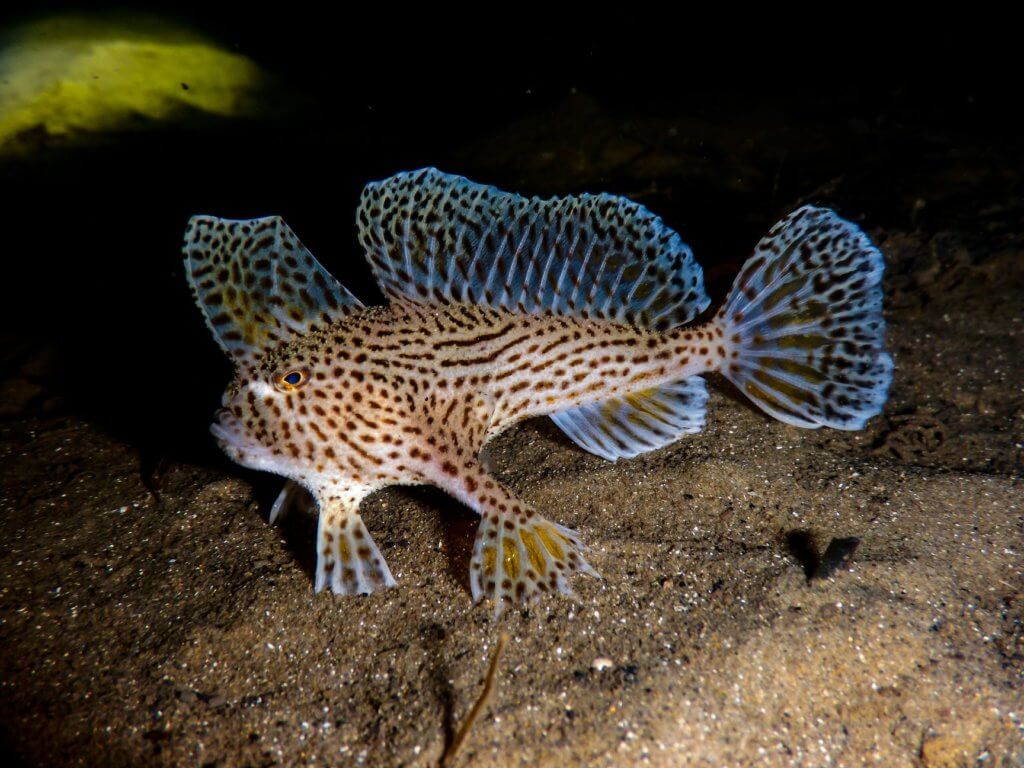
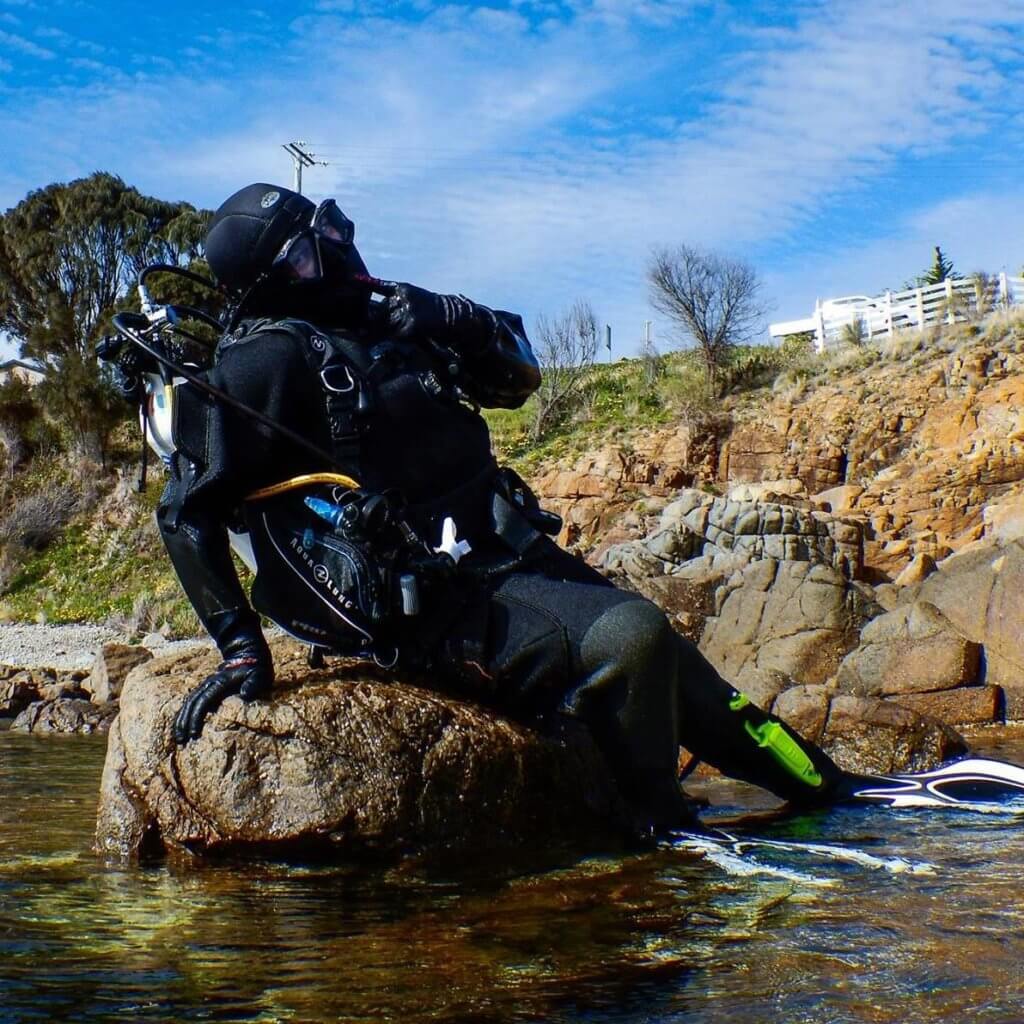
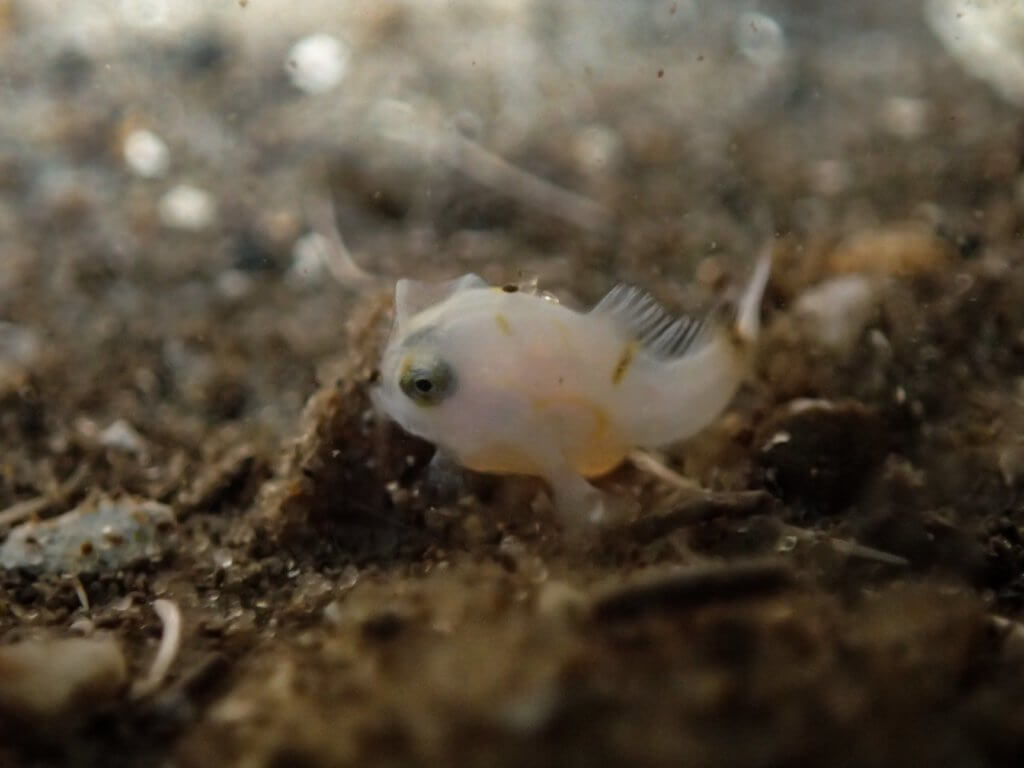


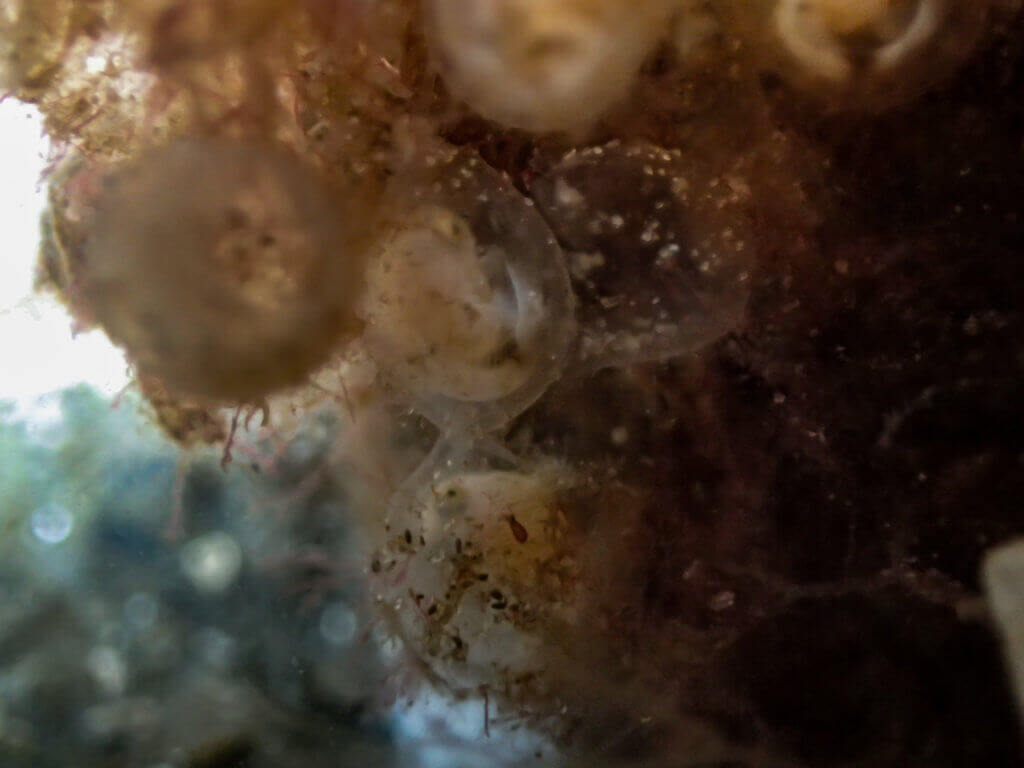
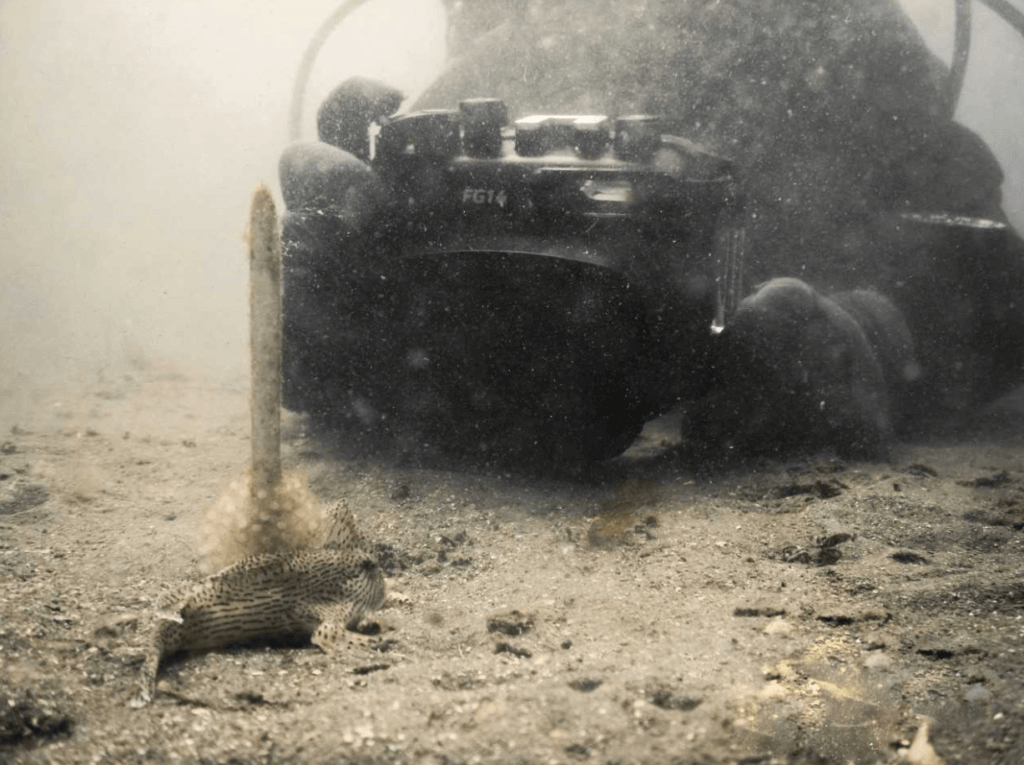
Images courtesy of Alex Hormann